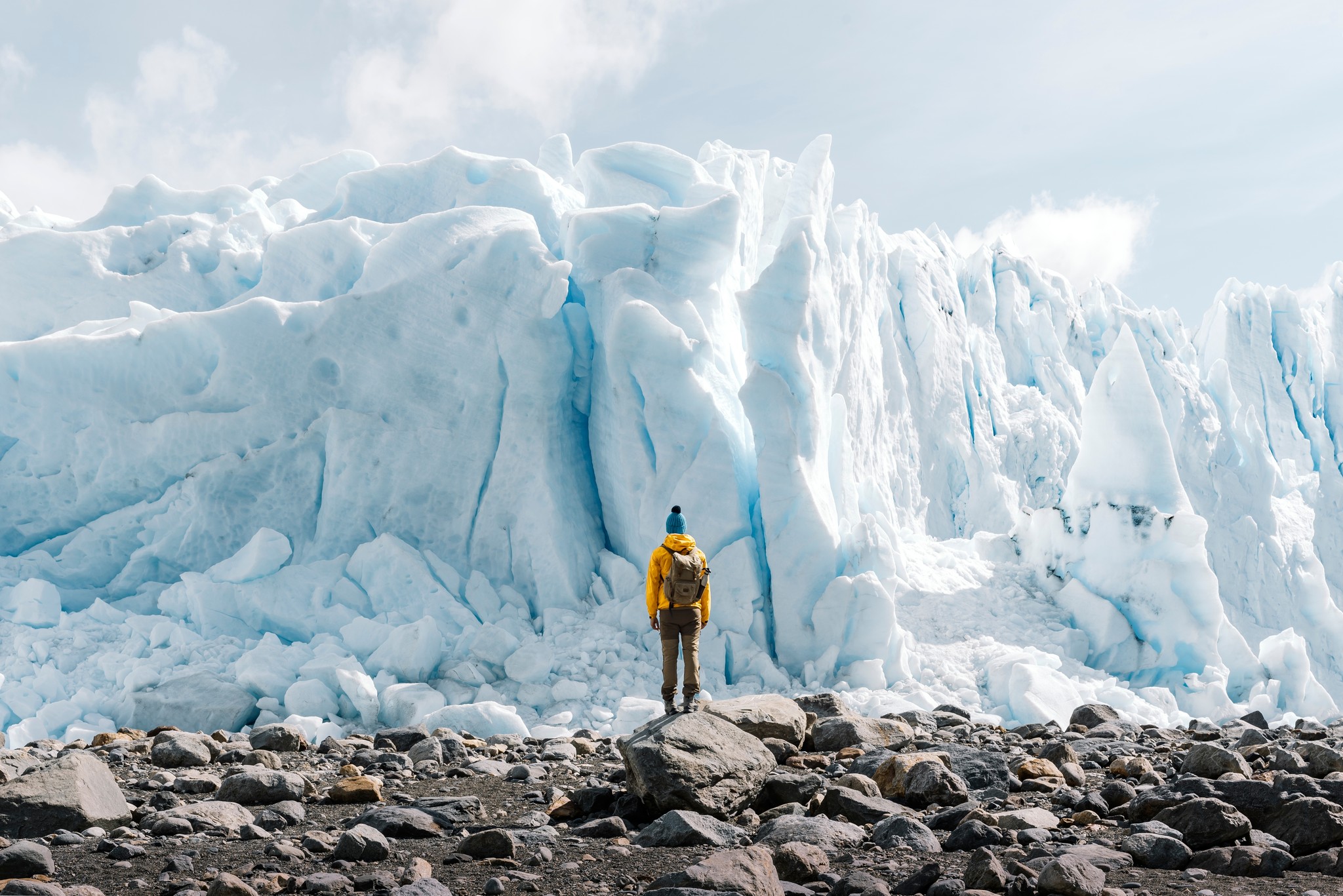April 22, 2025
All aboard the weird and wonderful: 11 unusual train journeys with gravity-defying tracks, bamboo carts, and other offbeat surprises.
While luxury trains and scenic routes often steal the spotlight, there’s a whole world of quirky rail experiences offering travelers something unique. From upside-down hanging railways to bamboo-powered trains, these unconventional modes of transport demonstrate that sometimes the most unforgettable adventures come from embracing the unexpected.
Here are 11 extraordinary train trips where the old cliche actually rings true: it’s all about the journey, not the destination — along with practical tips to help you make the most of your adventure.

Piti Sirisriro/Shutterstock
Toreiyu Tsubasa (Hot Spring Train), Japan
Japan's love of hot springs and innovative train design come together in the Toreiyu Tsubasa, which runs on the Yamagata Shinkansen line. This unique train features actual foot baths for passengers. The specially designed cars allow travelers to remove their shoes and soak their feet in hot-spring water as the train speeds through the Japanese countryside — a genuine attempt to incorporate Japan's bathing culture into its transportation system.
What you need to know
The Toreiyu Tsubasa runs between Fukushima and Shinjo stations, primarily on weekends and holidays. Tickets must be booked in advance through JR East, and regular Shinkansen fares apply. The foot bath areas require separate reservations (and fee) and can fill up quickly, especially during peak tourist seasons. A one-way journey takes about 90 minutes, and passengers should bring their own small towels for the foot baths.

Stasis Photo/Shutterstock
Norry (Bamboo Train), Cambodia
Cambodia's “norry”’ consists of nothing more than a wooden frame, bamboo slats, and recycled tank wheels powered by a small engine. These improvised vehicles, now run solely for tourists, run on abandoned French colonial-era tracks near Battambang. What makes this journey even more of an adventure is its single-track operation — when two trains meet coming from opposite directions, the one with fewer passengers is lifted off its axles and removed from the tracks, allowing the other to pass, then placed back on the tracks to continue its journey — this is all done by both the driver and the passengers.
What you need to know
The bamboo train operates daily near Battambang, with fares negotiable based on group size. Each platform can accommodate up to four passengers, and the journey lasts about 30 minutes each way. The best time to visit is during the dry season (Nov–Apr), when tracks are less likely to be flooded.

Juriz/Shutterstock
Iron Ore Train (Mauritania Railway), Mauritania
The Iron Ore Train in Mauritania offers one of the world's most extreme rail experiences, running 704km (437 miles) from the mining town of Zouerat to the port of Nouadhibou across the Sahara Desert. It's not primarily a passenger train but a working freight train — one of the longest and heaviest in the world, which stretches over 2.5km(1.5 miles) with more than 200 cars. Travelers can purchase a ticket for the basic passenger car with its wooden bench seating. The more adventurous can climb atop the open ore cars and ride directly on the iron ore itself — be sure to protect yourself against the desert dust and temperature extremes that shift from scorching days to freezing nights.
What you need to know
The train operates daily in both directions, taking approximately 16–20 hours to complete the journey. No reservations are needed for the ore cars, though a small fee is sometimes collected by train staff. The passenger car offers basic wooden bench seating, while those choosing the ore cars must bring their own food, water (at least 4–5 liters per person), sleeping bags, goggles, and face protection against the dust. The best time to travel is between October and March, when daytime temperatures are more manageable.

Simon Wierzba/Unsplash
Schwebebahn (Suspension Railway), Germany
The Schwebebahn features train cars that hang suspended from an overhead monorail track, dangling above the ground as they travel through the city. Despite its futuristic appearance, it was built in 1901, making it the world's oldest electric elevated railway with hanging cars. The most surprising aspect isn't just its look, but its practicality — it remains Wuppertal's primary public-transit system, carrying 25 million passengers annually above the Wupper River and city streets. Its strangest moment came in 1950, when an elephant named Tuffi panicked while riding the train during a publicity stunt, crashed through a window, and fell into the river below (surviving with only minor injuries).
What you need to know
The Schwebebahn operates daily from 5:30am to midnight, with trains running every 10 minutes. Tickets are inexpensive, with options for single rides or day passes. The complete route takes about 30 minutes end-to-end.

AnilD/Shutterstock
Nilgiri Mountain Railway, India
This UNESCO World Heritage railway is famous for its rack-and-pinion system that helps the train climb the steep slopes of the Nilgiri Hills. What makes this journey particularly interesting are its frequent stops to take on water — not just for the passengers, but also for the locomotive itself. During these stops, workers climb atop the engine to pour water into the boiler, creating regular breaks where passengers can watch the ritual before continuing their journey.
What you need to know
The train operates daily between Mettupalayam and Ooty, with first- and second-class ticket options available. The journey takes about 4.5 hours to cover just 46 kilometers (29 miles) due to the steep gradient of the terrain and multiple water stops. Booking is recommended, especially during peak season (Apr–Jun). The morning departure from Mettupalayam offers the best views as the mist clears from the valleys.

Mikadun/Shutterstock
Mocănița (Vaser Valley Railway), Romania
Running deep into the remote Carpathian Mountains, The Mocănița in Romania is one of the last operational narrow-gauge steam trains used for logging in Europe. Unlike most heritage railways, this train still serves its original industrial purpose, with forestry workers sharing the tracks and transporting timber alongside visitors. The wood-fired steam locomotives wind through dense forests, river valleys, and across hand-built wooden bridges, passing isolated villages and shepherd settlements — and offering a rare glimpse into rural Romanian life, which has changed little in centuries. The surrounding wilderness is home to wild bears, deer, and lynx, with wildlife sightings possible but not guaranteed along the way.
What you need to know
The main route runs along the Vaser Valley from Vișeu de Sus, taking approximately five-to-six hours round trip, with a stop for lunch in a forest clearing. The train operates between March and November, and booking is recommended during the summer months, when demand is highest. Basic facilities are available at stations, but passengers should bring food and water, as there are limited services en route. While the railway primarily uses steam locomotives, diesel engines may occasionally be substituted without prior notice. Top tip: bag a seat on the right-hand side of the train for premium river views!

Ammit Jack/Shutterstock
Nariz del Diablo (Devil's Nose Train), Ecuador
Ecuador's Devil's Nose Train tackles what was once considered impossible — making a train climb an almost vertical wall of rock in the Andes. Engineers devised a remarkable zigzag system where the train goes forward past a switch, then reverses up another section of track at a different angle, then forward again — essentially climbing the mountain in a Z pattern while gaining elevation with each switchback. This hair-raising journey provides constantly changing perspectives as the train repeatedly reverses direction on the face of the mountain.
What you need to know
The Devil's Nose Train operates from Alausí station, typically with two departures daily (8am and 11am). Tickets must be purchased in advance through the Tren Ecuador website or at major stations. The round-trip journey takes approximately 2.5 hours, including a 30-minute stop at Sibambe station. The best time to visit is during the dry season (Jun–Sep) when visibility is at its best.

Mithrax/Shutterstock
TAZARA Railway, Tanzania/Zambia
The Tanzania-Zambia Railway Authority line offers one of Africa's most remarkable train journeys without the luxury price tag. This 1,860km (1,156-mile) working railway connects Dar es Salaam in Tanzania with New Kapiri Mposhi in Zambia, crossing through territories few travelers ever see. One of the journey's most extraordinary aspects is its passage through the vast Selous Game Reserve (part of Nyerere National Park), where passengers routinely spot elephants, giraffes, zebras, and even lions from their windows (though sightings are never guaranteed).
What you need to know
The TAZARA train operates twice weekly in each direction, taking approximately 46–50 hours for the complete journey (expect delays). First-class sleeper compartments are available, along with second-class sleepers and third-class seating options for budget travelers. It's advisable to book in advance, especially for first-class compartments. A dining car serves basic meals on board, but most travelers supplement this by bringing their own food supplies for the journey. The most scenic and wildlife-rich section is between Dar es Salaam and Mbeya (the first day of travel).

Stephen A. Rohan/Shutterstock
Lhasa Express (Qinghai-Tibet Railway), China
The Lhasa Express takes passengers through the highest railway station in the world — Tanggula Station, 5,068 meters above sea level on the remote Tibetan Plateau. Due to the extreme altitude, the train carriages are oxygen-enriched and equipped with personal oxygen outlets for passengers experiencing altitude-sickness symptoms. While the train passes through Tanggula Station, passengers cannot disembark, as the station functions only as an operational stop. The station itself sits in permafrost territory where temperatures remain brutally cold year round, so it's eerily isolated and surrounded by nothing but vast, frozen wilderness.
What you need to know
The train operates daily between Beijing/Shanghai/Guangzhou and Lhasa, with the Beijing-Lhasa route taking approximately 40 hours. Accommodation options include hard seats (not recommended for this journey), hard sleepers (six bunks per compartment), and soft sleepers (four bunks per compartment with lockable doors), with significant price differences between classes. Booking is essential, especially during the summer months (Jul–Aug) when demand is highest. International travelers must obtain a Tibet Travel Permit before purchasing tickets — this requires booking through a registered tour agency.

Esteban Montenovi/Shutterstock
La Trochita (The Old Patagonian Express), Argentina
La Trochita is a narrow-gauge steam train that crawls through the vast, untamed landscapes of Patagonia. Built during the 1920s and still running with its original wooden carriages and coal-fired locomotive, this train now serves primarily as a tourist attraction, taking passengers through Argentina's wild frontier. Another unique feature is that each carriage has a small wood-burning stove to keep passengers warm, adding to the train's old-world charm as it rattles through some of the coldest, most remote regions of South America.
What you need to know
La Trochita currently operates limited tourist services between Esquel and Nahuel Pan several times per week — check online for the latest schedules. Tickets are reasonably priced and can be purchased either online through the official website or in person at the Esquel station. The round-trip journey lasts approximately three hours, including a stop at Nahuel Pan, where passengers can buy local crafts and enjoy refreshments. Services may be canceled due to extreme weather or for maintenance, so confirm schedules before traveling.

Robert Hiette/Shutterstock
The Gulflander, Australia
Nicknamed the 'Train that Goes Nowhere,' the Gulflander runs between the tiny Outback towns of Normanton and Croydon in Queensland. Built during the 1800s to serve a gold rush that never took off, the track now operates as a one-of-a-kind railway experience, meandering through remote, crocodile-inhabited wetlands and endless stretches of Outback scrub. With only one train carriage, no connecting rail lines, and a driver who doubles as a tour guide, this rail journey offers a glimpse into Australia's pioneering past. What makes this train technically remarkable are its steel sleepers, designed to withstand flooding — the train can operate even during the wet season, when tracks are partially submerged.
What you need to know
The Gulflander operates weekly on Wednesdays from Normanton to Croydon and returns on Thursdays, with additional services during peak season (May–Sep). Tickets are available for one-way or return journeys. The 152km (94-mile) journey takes approximately five hours each way.
Cover image: INTERTOURIST/Shutterstock



